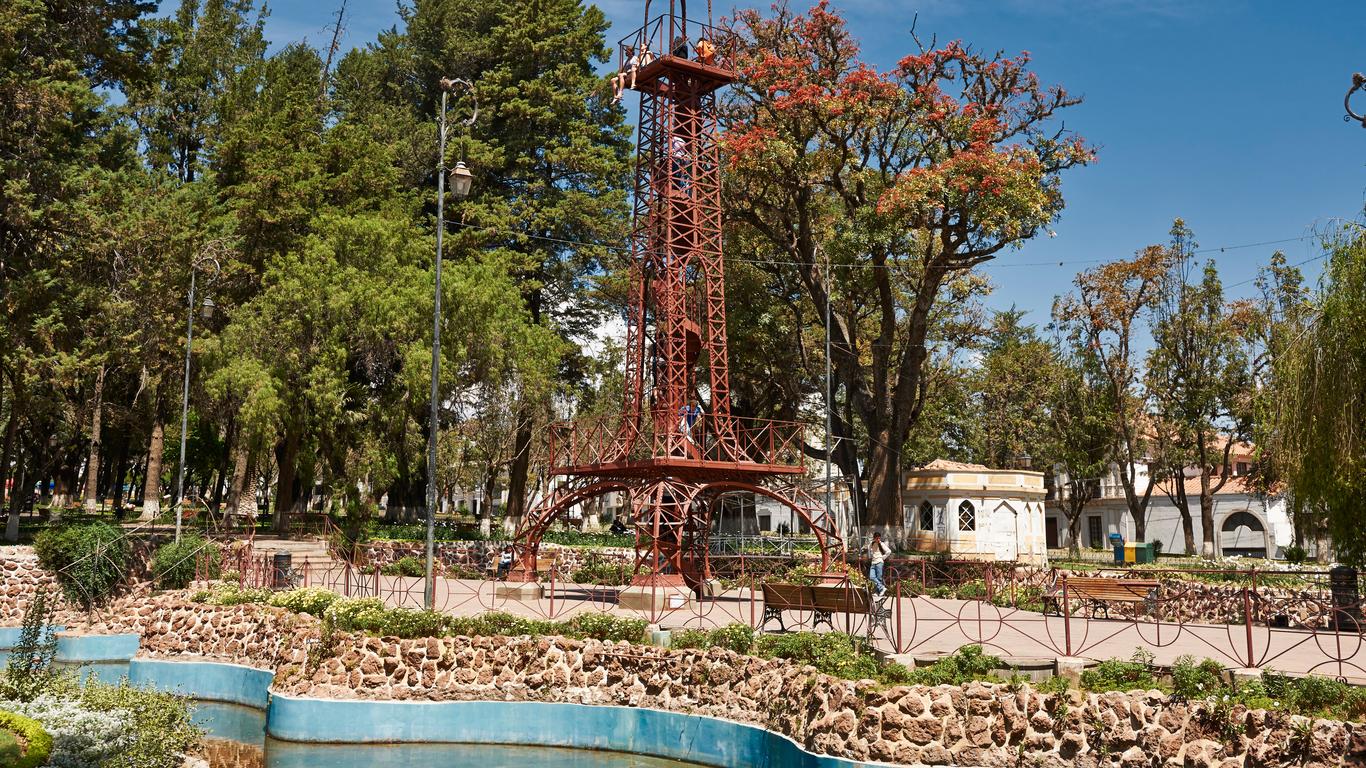Located to the north of Bogota’s historical centre is the district of Teusaquillo, built on a former indigenous reserve known as Pueblo Viejo. It’s home to the National University of Colombia’s main campus and one of Bogota’s most popular green spaces at the Simon Bolivar Metropolitan Park.
Aside from the university campus which occupies the centre of the district, Teusaquillo is a largely residential area, dotted with parks and recreation centres. A few government institutions are also located here, together with the Embassy of the United States. Museums of note include Museo Gaitan, dedicated to the leftist political leader Jorge Eliecer Gaitan and housing his grave, together with the Museum of Science and Play which forms part of the university’s Faculty of Science. The Estadio Nemésio Camacho El Campín is a landmark football stadium in Teusaquillo, built in 1938 and with the capacity to seat more than 36,000 fans, and the home ground for both Independiente Santa Fe and Millonarios. The far north of the district is occupied by Simon Bolivar Metropolitan Park, named after the Latin American liberator, and centred around a lake where paddle boats can be rented. It features an Events Plaza where big-name musical performances are presented and a variety of sporting facilities at El Salitre, together with the adjacent Magic Salitre Park where amusement rides and a water park are found.
Teusaquillo is well served by public bus routes which connect it to Bogota’s city centre to the south and the surrounding neighbourhoods. It also has an extensive network of bike paths, including more than five kilometres within Simon Bolivar Park.
Teusaquillo dates to pre-Columbian times, with the word “Teusaca” meaning “borrowed enclosure” in the indigenous Chibcha language. It remained a largely rural region during the post-colonial period and it wasn’t until the 1920s that urbanisation took place, emerging as one of the most elegant residential areas in Bogota.





